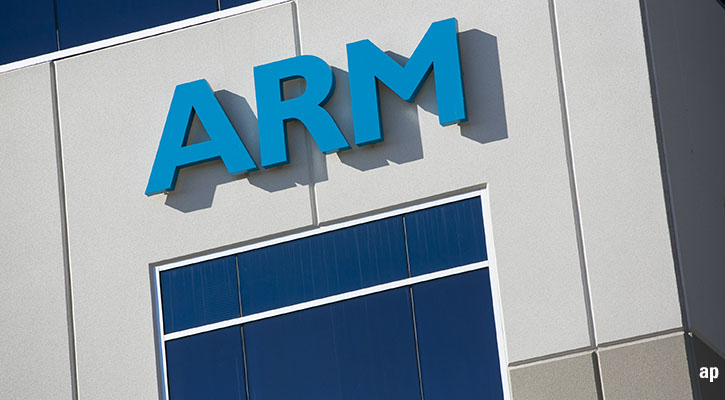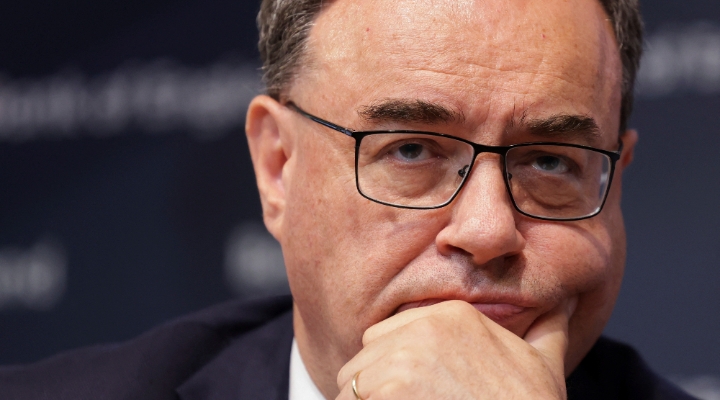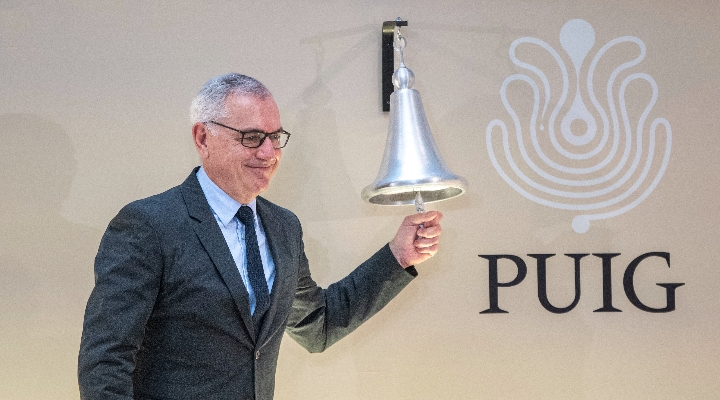Morningstar US’ Fixed-Income Manager of the Year in 2009, Daniel J. Fuss, explains his view, or his “guess” as he puts it, about the future of interest rates. Looking at US Treasury borrowing requirements, he sees the cost of borrowing embarking on a steady climb. Mr. Fuss also explains why these changes will likely follow a cyclical pattern and when and how this pattern may be recognised.
Kathryn Young: Hi. I am Kathryn Young. I am here with Mr. Dan Fuss of Loomis Sayles. He is Morningstar’s Fixed-Income Manager of the Year in 2009. He is going to talk with a little bit about the current environment.
Mr. Fuss, thank you so much for being here.
Daniel J. Fuss: My pleasure.
Young: To start with, why don’t you tell us about your thinking about what’s going to happen with interest rates over the next 15 to 20 years? I believe you have a pretty interesting theory.
Fuss: My guess. It is a guess, because none of us know for sure – my theory is, my guess, is that with a lag we are embarking on a long secular rise in interest rates, in US dollars, although, in many other currencies as well. That’s the basic theory and the basic reason, short-form, underlying that is the size of our own Treasury borrowing requirements, which are a direct reflection of the federal deficit, and how it’s financed, which is to Treasury debt, that’s what underlies it.
Young: And I think you mentioned in your commentaries about a cycle, it will take a cyclical form – that rise?
Fuss: There will be cycles along the secular trend. How long will the cycles be, that’s a tough one, but call them four to five years. So interest rates – now again, this is not going to start right away, because our central bank is in there, buying treasury bond, but as that eases off, as the economy eventually is growing then you run another say three years from that point and then there is a slowdown, and this is just historical pattern, maybe six months or so, and then you’re into the next one, which runs four, five years and then slowly you’re into the next one.
And each time going up along the pattern, the last one like this was in the 60s and 70s, and it came to quite a crunching end in September of '81, and then you start to go the other way. I think we now are on the upswing. Other than that, history isn’t too helpful, but that’s the pattern.
Young: Do you have any thoughts about when that pattern might start?
Fuss: Well, we are in the early stages of it. Now, it’s just being suppressed right now by, in the case of the US, our central bank buying US treasury debt and having a lot of help from offshore, from foreign central banks and some others investing the huge supply of dollars they’ve piled up.








:quality(80)/cloudfront-us-east-1.images.arcpublishing.com/morningstar/MNPB4CP64NCNLA3MTELE3ISLRY.jpg)














